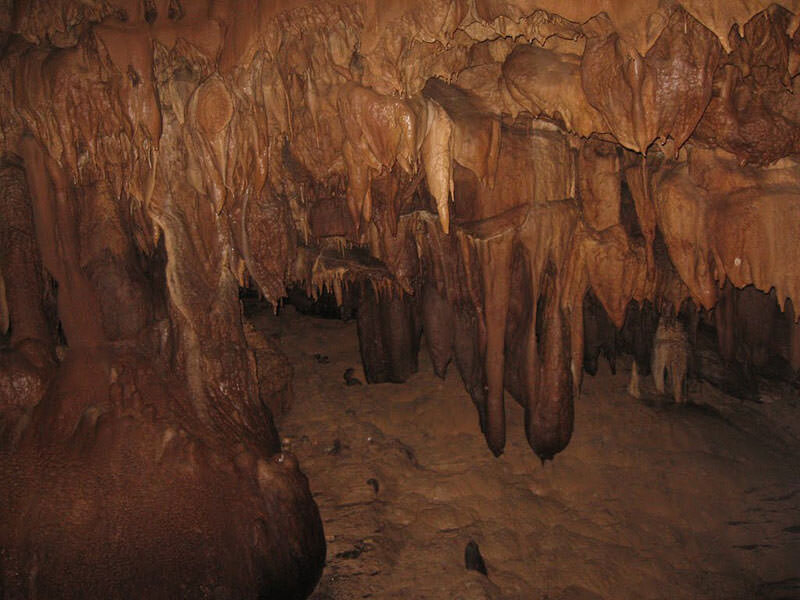Historical Sarab cave to become more tourist-friendly

TEHRAN –The tourism infrastructure of the historical cave of Sarab in the small city of Baba-Heidar, southwestern Kohgiluyeh and Boyer-Ahmad province, is planned to be developed, the provincial tourism chief has said.
A budget of 420 million rials ($10,000 at the official exchange rate of 42,000 rials per dollar) has been allocated to the project, which is estimated to take at least three months to be completed, Mehrdad Javadi announced on Sunday.
The limestone Sarab cave is considered one of the most beautiful and pristine attractions of the region. Entering this cave and going all the way is a very exciting and technical task as it is located in a place with a narrow path and paralleled to a valley.
Even if one cannot enter the cave, they can enjoy the cold and refreshing water of a spring at the entrance of the cave.
The small entrance of the cave opens into a beautiful corridor with stalactite-covered tops, which look like chandeliers hanging from the roof.
Exploring a cave may not be on the “to-do list” of travelers in Iran. However, Karaftu, Ali-Sadr and Quri Qaleh, and Katale-Khor are amongst the most visited caves.
Iran is geologically a part of the Alpine-Himalayan organic belt. According to Britannica Encyclopedia, the enigmatic evidence of human presence on the Iranian plateau is as early as Lower Paleolithic times.
The first well-documented evidence of human habitation is in deposits from several excavated cave and rock-shelter sites, located mainly in the Zagros Mountains of western Iran and dated to Middle Paleolithic or Mousterian times (c. 100,000 BC).
Kohgiluyeh and Boyer-Ahmad province is known for its nomads and nomadic life. Sightseers may live with a nomadic or rural family for a while or enjoy an independent stay and assist them with day-to-day life. It also opens up an opportunity to feel rustic routines, their agriculture, traditions, arts, and culture.
ABU/AFM
Leave a Comment